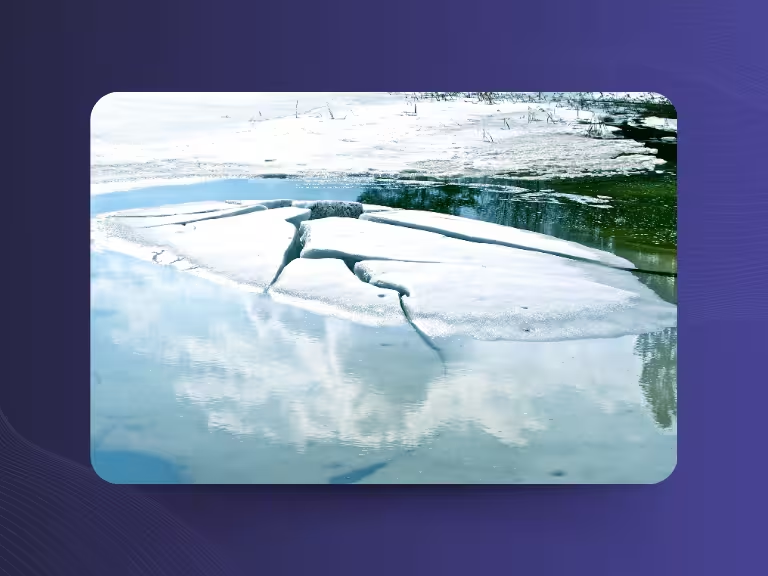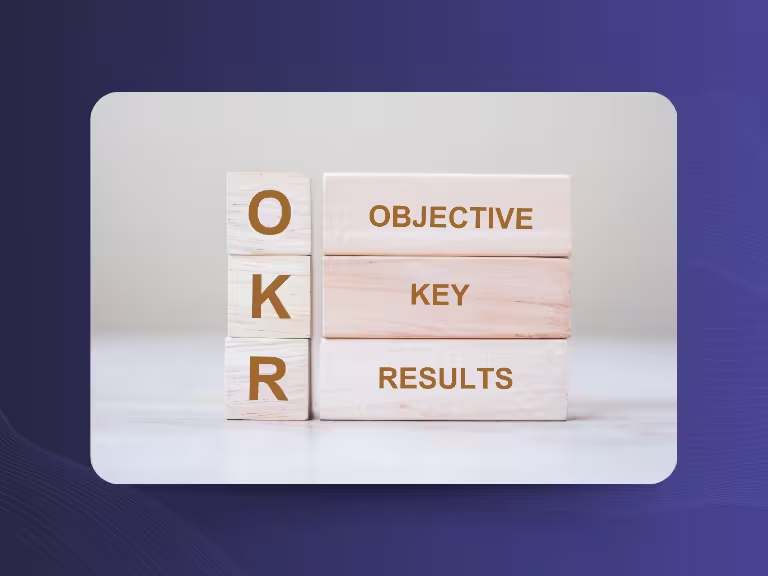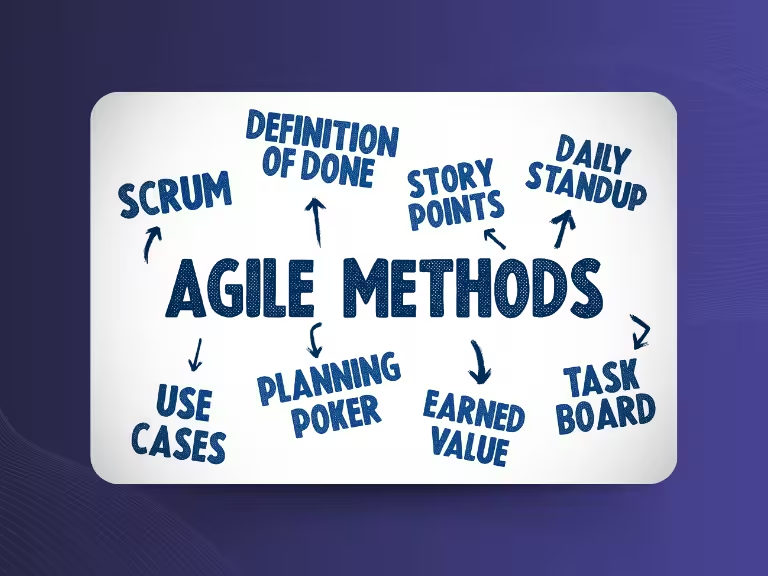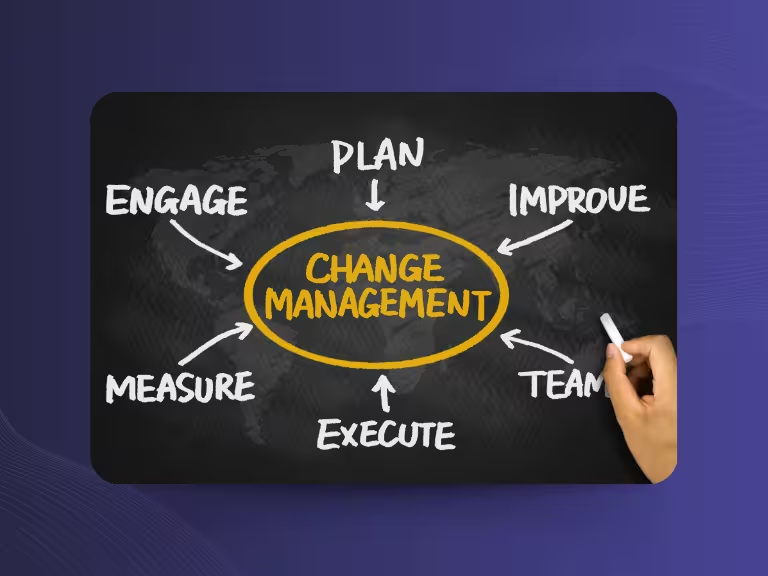Icebreakers in meetings are short, interactive activities used at the beginning or during a meeting to lighten the atmosphere and get participants talking. These seemingly simple methods have a surprisingly powerful impact: they break down barriers, promote communication, and create a foundation of trust for productive collaboration.
In a time when meetings are often perceived as time-consuming and monotonous, icebreakers offer a proven solution to activate participants and foster genuine team communication. This article shows you how to use diverse icebreaker methods to make both in-person and online meetings more engaging, while maintaining cultural sensitivity and optimally utilizing digital tools.
You'll learn how to continuously improve the effectiveness of your icebreakers through sustainable implementation and a constructive feedback culture. This knowledge is aimed at leaders, meeting facilitators, HR teams, and anyone looking to make their meetings more engaging and productive.
Why Icebreakers Are Essential in Meetings
The Purpose of Icebreakers – More Than Just Small Talk
Meeting icebreakers are far more than superficial conversation. They serve important psychological and communicative functions that significantly influence the success of your meetings.
First, they create a positive, open atmosphere. When people enter a space – whether physical or virtual – they often bring stress, tension, or uncertainty with them. A well-chosen icebreaker relaxes the situation and signals: "There's room here for humanity and genuine connection."
Icebreakers are particularly valuable for fostering communication and mutual trust. They give every participant the opportunity to contribute in a low-threshold way and to hear the voices of others. This creates a sense of equality and respect.
Breaking down barriers and inhibitions is another crucial advantage. Especially in new or diverse teams where members don't know each other well, icebreakers can significantly ease the first steps toward collaboration. They help overcome natural reluctance and create a foundation for open discussions.
Not to be underestimated is the increase in attention and motivation. An interactive start awakens participants from their passive attitude and makes them active co-creators of the meeting. This pays off throughout the entire meeting duration.
Scientific Insights and Long-term Effects
Current research impressively supports the effectiveness of icebreakers. Studies from the Harvard Business Review in 2023 show that well-implemented icebreakers can improve group dynamics, reduce speaking anxiety, and increase creativity.
Even more impressive are the long-term effects. The Journal of Organizational Behavior published a study in 2024 proving that regular, well-selected icebreakers sustainably strengthen employee satisfaction and team cohesion over weeks or months. Teams that regularly use icebreakers show higher willingness to collaborate and develop more stable working relationships.
Dr. Emily Stevens, a renowned organizational psychologist, puts it succinctly: "Icebreakers aren't just means to an end, they're the foundation for trustworthy communication and effective collaboration—especially in an increasingly hybrid work world."
Diversity of Icebreakers – Practical Methods for Every Meeting
Classic Icebreaker Questions and Simple Games
The most proven icebreakers are often the simplest ones. Classic questions like "What was your best vacation experience?" or "What three items would you take to a deserted island?" work so well because they appeal to everyone while allowing personal insights.
Particularly popular is the game "Two Truths and a Lie," where each participant makes three statements about themselves – two true and one fabricated. Others must guess which statement is false. This method is not only entertaining but also an effective way to learn interesting facts about team members.
These classic formats are especially suitable for small teams, short meetings, and physical gatherings. They require no technical preparation and can be used spontaneously.
Interactive and Digital Icebreakers for Virtual or Hybrid Meetings
Digital transformation hasn't stopped at icebreakers. Modern tools like Miro, Mentimeter, Kahoot, or special Zoom features open up completely new possibilities for interactive icebreakers.
Digital quizzes through Kahoot can, for example, playfully test knowledge about the team or company. Mentimeter enables spontaneous polls and word clouds that are immediately visualized. Miro is perfect for creative brainstorming sessions where each participant virtually collects their ideas on a board.
The advantages of digital interaction are manifold: they promote participation even among reserved participants, use visual elements for stronger retention, and can equally involve both in-person and remote participants in hybrid meetings.

Target Group and Age-Appropriate Adaptations
Not every icebreaker works equally well for every target group. A creative workshop with designers can handle different activities than a meeting with financial experts. Younger teams are often more open to playful elements, while experienced leaders prefer more structured formats.
Multicultural teams deserve special attention. Here, cultural sensitivity is crucial. What is considered funny or appropriate in one culture may be perceived as inappropriate or even offensive in another. Universal themes like hobbies, favorite foods, or travel experiences are usually safer than personal or culture-specific content.
Successful Integration of Icebreakers into Daily Meeting Routine
Planning and Timing
The success of an icebreaker depends significantly on proper planning and perfect timing. The optimal time is usually at the beginning of a meeting when participants arrive and mentally prepare for the gathering. This is especially important when people come together from different contexts or when the meeting takes place after a longer break.
In longer meetings, icebreakers can also be used as energizers after breaks. Duration should be consciously chosen: for a one-hour meeting, 3-5 minutes are sufficient; for all-day workshops, it can be 10-15 minutes. Intensity must match group size – in large groups, structured activities are usually more effective than open discussions.
Sustainability Through Regular Use
Icebreakers only reach their full potential when they're not just used once but established as a permanent part of meeting culture. Teams that regularly work with icebreakers develop more natural and open communication.
Variety is important here. If the same questions are always asked or games played, they quickly lose their effect. A collection of different methods and themes helps keep the format fresh and motivating.
Measurable effects arise through continuous observation and adaptation. Pay attention to how conversation quality, participation, and overall mood in your meetings develop over time.
Feedback Mechanisms for Optimization
Systematic feedback is the key to continuously improving your icebreakers. Brief surveys after meetings or anonymous online forms can provide valuable insights.
Meaningful feedback questions include: "How did you like today's icebreaker?", "Did the activity make you feel more connected to the team?", or "What kind of icebreaker would you like for future meetings?"
Evaluating and integrating this feedback not only reveals improvement potential but also signals to the team that their opinion is valued and actively contributes to shaping meeting culture.
.avif)
Cultural and Technological Aspects of Icebreakers
Cultural Sensitivity and Inclusivity
In our globalized work world, multicultural teams are the rule, not the exception. Here, certain topics or jokes can be problematic or unintentionally exclude team members. Religious holidays, family structures, or cultural norms are areas that must be handled sensitively.
Universally understandable icebreakers that don't exclude anyone are key to inclusive meetings. Examples include: "Show us an object from your workspace and explain why it's important to you," "What color describes your mood today?", or "What's your favorite weather and why?"
These approaches are culturally neutral, include everyone, and still create personal connections between team members.
Digital Tools to Support Icebreakers
Digital transformation has also produced specialized tools for icebreakers. Proven digital aids include Slack bots that pose new icebreaker questions daily, or specialized apps focused on team building. These tools offer particular value for hybrid teams as they can equally involve remote and in-person participants.
When selecting digital tools, data privacy and GDPR compliance should be important selection criteria. Especially with sensitive company data or in regulated industries, it's crucial that the platforms used meet the highest security standards.
Additional Resources and Practical Tips
For those who want to dive deeper into the subject, there are numerous additional resources. Books like "The Culture Map" by Erin Meyer offer valuable insights into cultural differences in teamwork. Online courses on platforms like Coursera or LinkedIn Learning cover specific aspects of meeting facilitation and team building.
Community platforms like Reddit or specialized forums offer collections of icebreaker ideas and practical experience reports. Video tutorials on YouTube demonstrate how to conduct various activities and provide practical tips.
A basic guide might look like this: Start with simple, proven methods, systematically collect feedback, regularly test new formats, and document what works best for your team. It's important to remain authentic and adapt icebreakers to your own facilitation style.
The invitation to experiment is essential: icebreakers thrive on practice. Only through regular application and continuous adaptation do you develop a sense of what works for your team and what doesn't.
Conclusion
Meeting icebreakers are a powerful tool for fostering an open meeting culture and increasing productivity. They not only create a pleasant atmosphere but also lay the foundation for trustworthy communication and effective collaboration.
The variety of available methods – from classic questions to interactive digital tools – make it possible to find suitable solutions for every meeting type and target group. The advantages of modern, technologically supported icebreakers are particularly evident in hybrid working teams.
Sustainability emerges through regular use, cultural adaptation, and willingness to continuously optimize. Feedback mechanisms and openness to change are crucial success factors.
A well-facilitated meeting begins not only with a well-thought-out agenda but also with a successful icebreaker that engages all participants and aligns them with the common goal. The investment in these seemingly small activities pays off through improved team dynamics, higher motivation, and ultimately better results.

Test Meeting Transcription now!
We'll help you set everything up - just contact us via the form.
Test NowOr: Arrange a Demo Appointment





